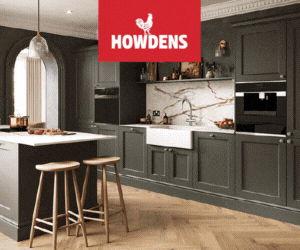Exhibitor News
-
Why Solar and Battery? Most people think of solar panels as a way to cut electricity bills. And while that’s true, pairing solar with battery storage goes far beyond simple savings. Together, they giv ...
-
The Ashcott Wide is a compact, widescreen wood-burning stove, designed with a logstore beneath for added functionality. Its large glass window provides an excellent view of the flames, enhancing the a ...
-
none
-
iGrowing introduces Urban Cultivator, growing fresh, nutrient-rich produce into homes, offices and kitchens with fully automated systems that combine sustainability, practicality and modern design.
-
Every project we undertake is unique. We work with architects, builders and designers to ensure each and every installation meets your individual requirements.
-
Kembla Limited has been honoured at the West Midlands Energy Efficiency Awards as Solar PV Installer and Contractor of the Year 2025.
-
This installation perfectly illustrates how solar PV seamlessly integrates with modern design aesthetics, proving that solar energy is more than just a technical upgrade—it’s a lifestyle choice.
-
F.B & Sons rebuild their RHS medal-winning garden at the Primrose Hospice in Bromsgrove
-
SPLAN offers a range of innovative smart fitness mirrors designed to give a full body workout experience both at home and in the gym, through advanced technology and versatile functionality.
-
Explore our full range of beauiful natural stone flagstones, limestone floor tiles and engineered oak in addition to our outdoor flooring range to find the perfect floor for your home!
-
The most common question we get asked is how to clean your natural stone floor. The simple answer's that it is really low maintenance, that is the beauty of our flagstones and limestone floor tiles.
-
Flagstones and limestone floors have been valued for beauty and longevity. Each stone unique and enduring, creating timeless character seen in old pubs and homes.

)
)
)
)
)
)
)
)
)
)
)
)
)
)
)
)





)

)

)













)





)

)
)